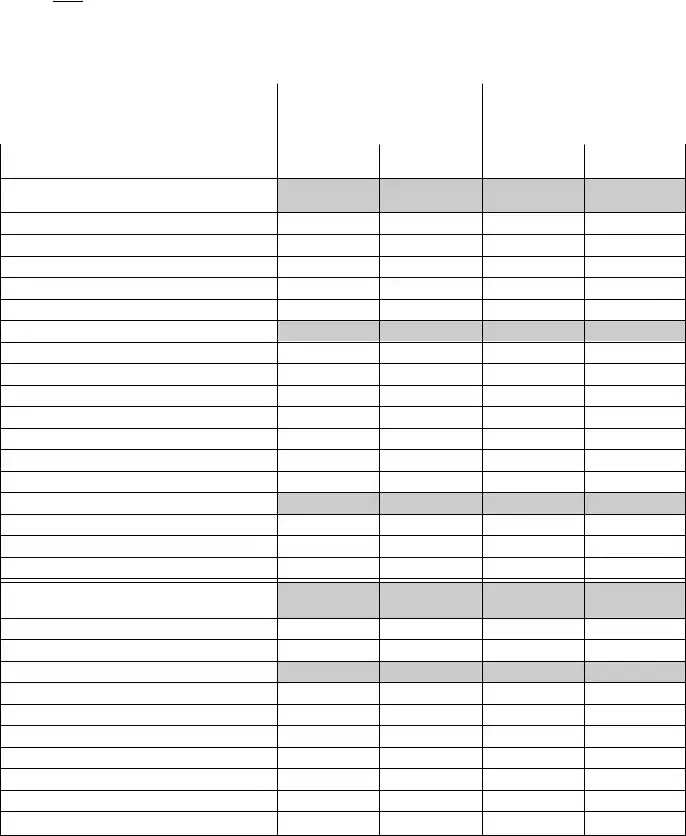Form 4A is a Balance Sheet required by the State of Maryland Department of Assessments and Taxation (DAT) Personal Property Division. It's designed for businesses to report their assets, liabilities, and equity as of a specific reporting period. Any business that owns, leases, or uses personal property in Maryland, or maintains a trader's license with a local unit of government in the state, is required to file this form.
The form requires detailed information about a business's finances, including:
-
Current assets like cash, marketable securities, accounts receivable, inventory, and other current assets.
-
Property, plant, and equipment details, including land, buildings, leasehold improvements, equipment, and accumulated depreciation.
-
Intangible assets and other assets.
-
A rundown of liabilities and equity, such as accounts payable, mortgages, notes, bonds payable, capital stock, and retained earnings.
Form 4A must be filed annually with the Maryland Department of Assessments and Taxation. The specific due date can vary, so businesses should check with the DAT or consult their legal advisor to ensure compliance with current filing deadlines.
Yes, failing to file Form 4A by the due date can result in late fees, penalties, and interest. Additionally, businesses could face sanctions such as having their right to do business in Maryland revoked. It's critical to file on time to avoid these negative repercussions.
Yes, the State of Maryland encourages businesses to file Form 4A electronically for faster processing and convenience. The DAT’s website provides resources and instructions on how to submit the form online.
Businesses seeking assistance with Form 4A can reach out to the Department of Assessments and Taxation via their website or by phone. Additionally, consulting with a legal or tax professional familiar with Maryland's specific requirements is advisable for comprehensive assistance.
If a business discovers an error on their submitted Form 4A, they should promptly contact the Maryland Department of Assessments and Taxation to correct the mistake. Timely correction of errors can help prevent penalties or additional scrutiny from the state.
Some businesses may be exempt from filing Form 4A, such as certain non-profit organizations. However, exemptions are specific, and it's crucial for each business to verify their filing obligations directly with the Maryland Department of Assessments and Taxation or a legal advisor.










